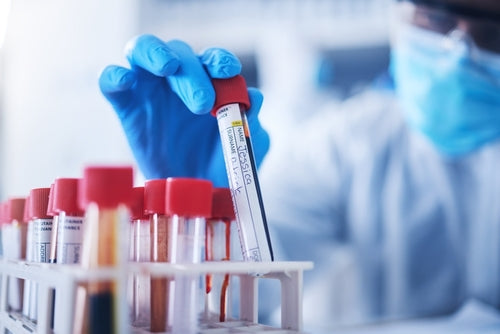Blood tests
Blood tests
What it is and how it works: A blood test is where a sample of blood is taken for analysis in a laboratory. This is done by inserting a needle into a vein, usually at a site that is located inside the elbow or on the back of the hands. Before the needle is inserted, a tight band (tourniquet) is placed above the site from which the blood is due to be drawn. The skin is then cleaned with an antiseptic wipe. Once the required number of samples have been taken, these will then be sent to a laboratory for tests.
What it detects: Several blood parameters can be looked at during a blood test. These include a Full Blood Count (FBC – to look for infection or anaemia), Urea and Electrolytes (U&Es – to look for any electrolyte imbalances), Liver Tests (to look for any liver problems), Lipid Profile (to look for any abnormalities in cholesterol, good and bad fat levels, as well as performing an advance lipid profile for e.g., familiar hypercholesterolaemia), Thyroid Function Tests (TFTs – to look for an over or underactive thyroid which can cause problems with the heart, or that might be resulting in palpitations), Clotting Screen (to monitor medicines such as warfarin), Cardiac Enzyme Tests such as troponin (to diagnose or rule out a heart attack), B-type Natriuretic Peptide (BNP – to look for signs of heart failure), and inflammatory markers such as ESR/CRP (for pericarditis and myocarditis)








